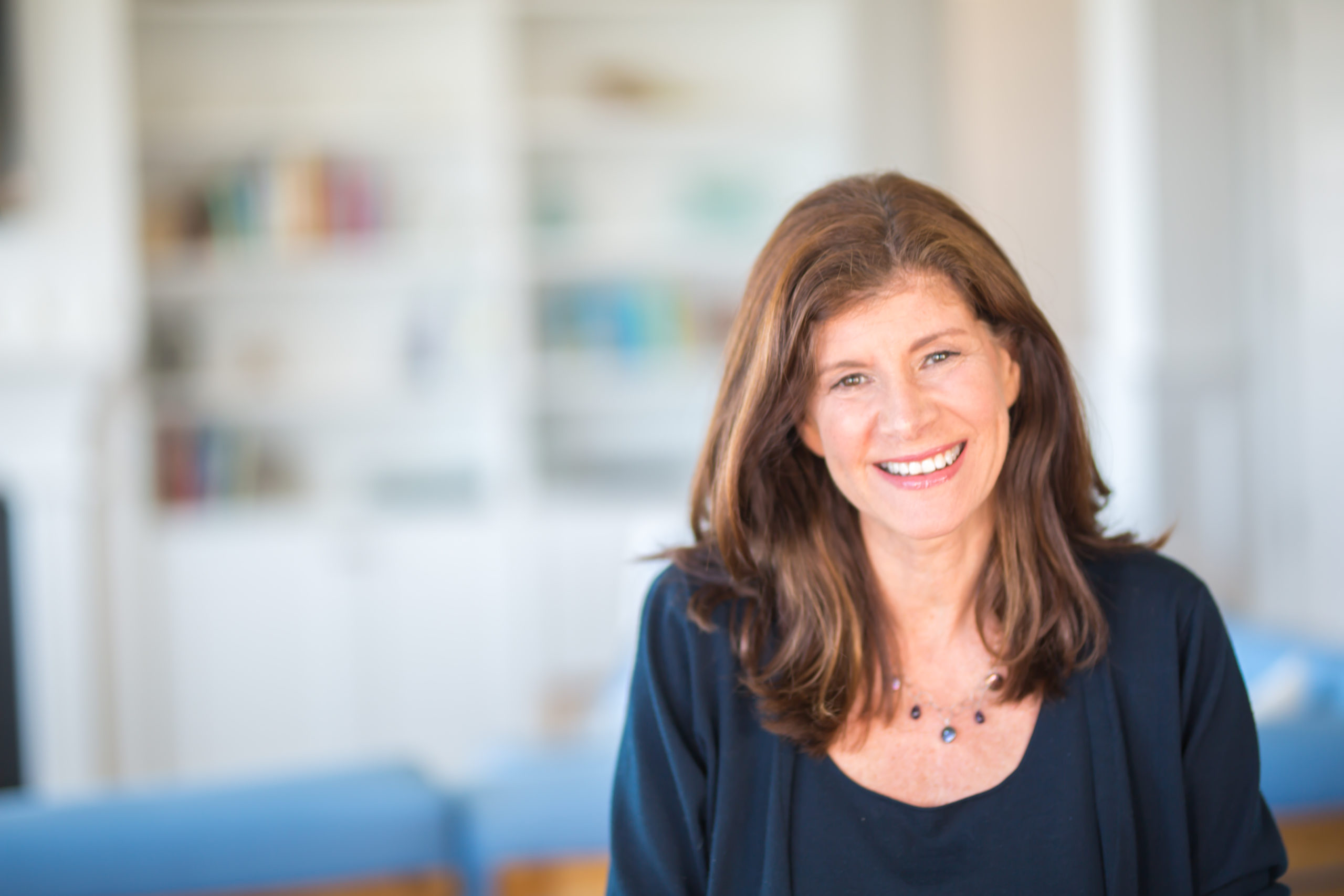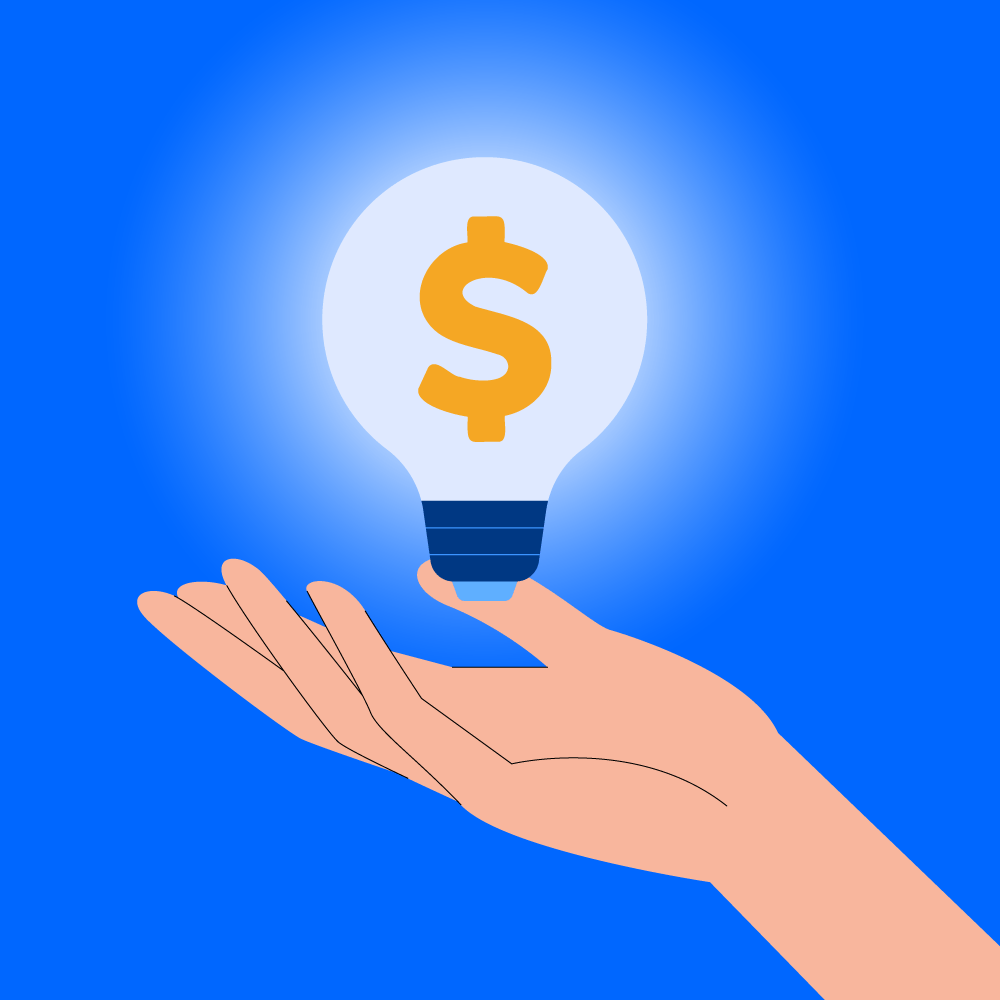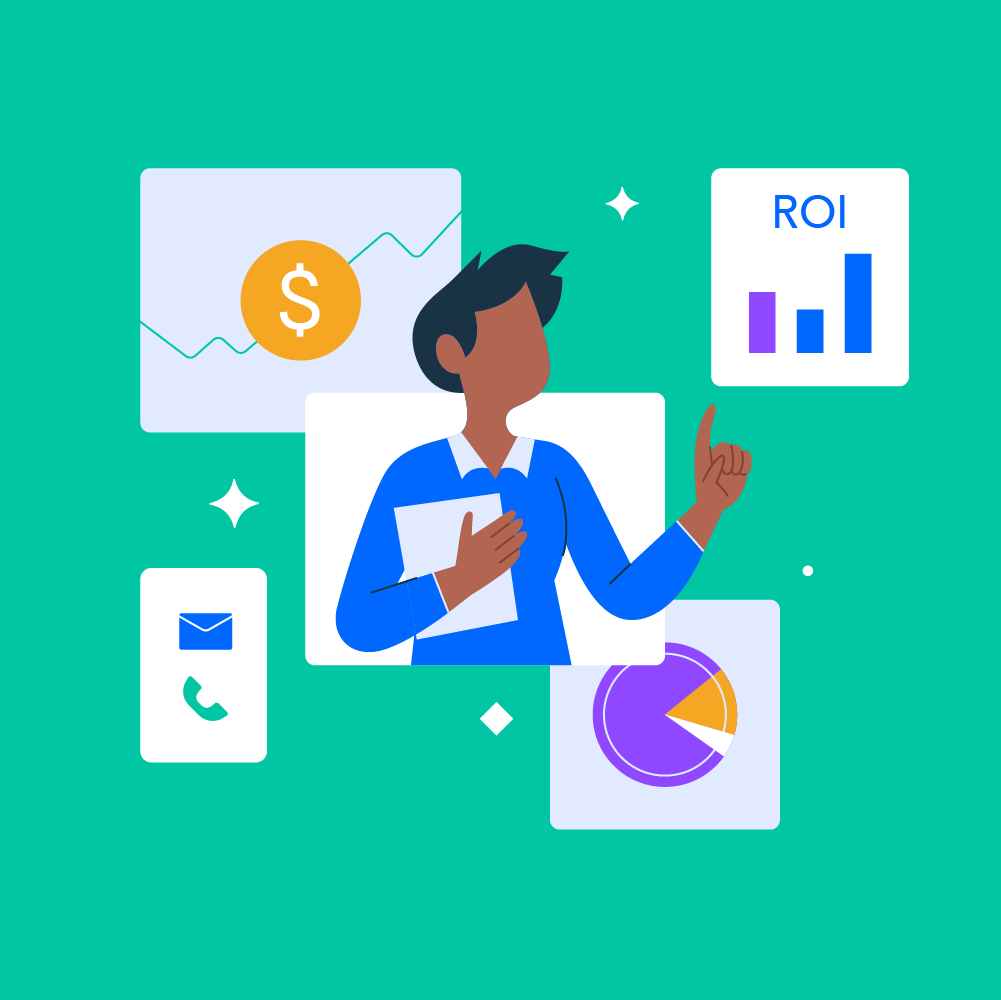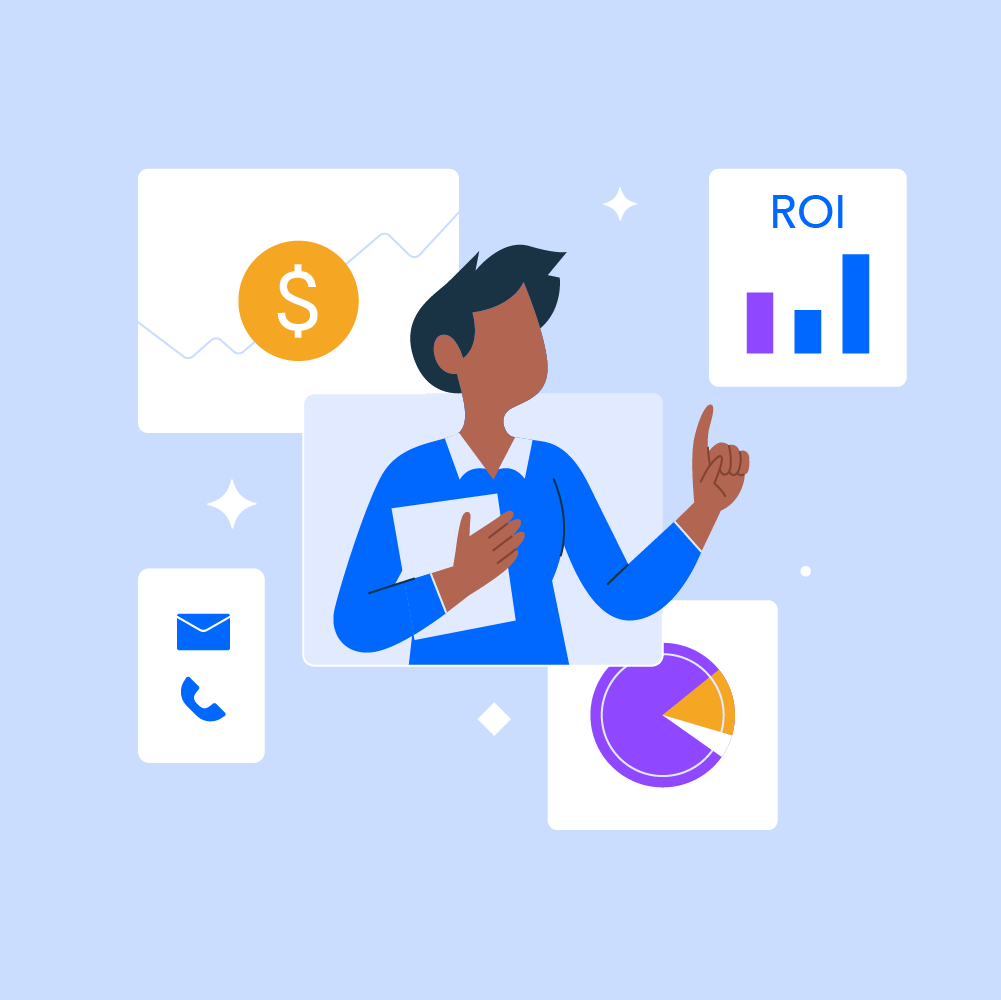

Susannah Bailin, Founder and CEO of AC Health, saw a personal need in the market and sought to fulfill it.
After a frustrating experience with her own physical therapy, Susannah set out to change the patient experience and recovery process. Starting with a baseline of trust, and using artificial intelligence and natural language processing, her platform improves patient engagement by encouraging behavioral changes. Now, AC Health makes it simple for patients to succeed on their health journeys by bridging the communication gap between their physical therapists, coaches, nutritionists, and beyond.
We asked Susannah about her journey at the intersection of healthcare and technology, the challenges she’s overcome, and the advice she has for aspiring founders.
Q: Tell us the story behind your company’s founding: What led you to start this business?
A: I was in physical therapy for years recovering from two frozen shoulders. My recovery was inexorably connected to how compliant I was with my home exercise program. How was I supposed to remember how to do my exercises at home? By looking at a piece of paper with archaic black and white drawings covered by highlighted notes from my therapist. It was a mess.
Q: In what ways do you think differently about your industry than others do?
A: My industry — Digital Patient Engagement — seems to be focused on both the distribution of information through portals and on the collection of patient data through wearables, emails, and apps. AC Health is designed around my divergent thinking that behavioral change is the single most important aspect of patient engagement. How do you truly engage a patient to support healthy behavioral change? AC Health is based on the combination of trust, easy access, and rewards.
Q: What’s one thing you wish you had known before starting your company?
A: I wish I had known to ignore the temptation of scaling a process before you know what works. Automation is everywhere, convincing you that creating the flow from A to B is your primary goal. However, until you create a UX that everyone can follow or write copy that isn’t ghosted by everyone you send it to, you shouldn’t get near anything that automates anything!
Q: What was one unexpected hurdle or challenge you faced when getting started?
A: As a non-technical founder of a technology company, one unexpected hurdle — and I expected quite a few! — was the inability of most developers to communicate the intricacies of the development process. Given that limitation, I had to take a leap of faith each time I chose a developer to work with until I learned through experience.
Q: What has worked for you in terms of customer acquisition? What hasn’t worked?
A: One of my favorite sayings is “Technology changes very quickly, people…not so much.” When we stick with the lessons of biology and the behavioral sciences to guide our customer acquisition, it works. While we have heard ad nauseam that people buy solutions to their problems, not products or services, and that the amygdala rules our decisions, they are critical lessons of science. Proceed at your own risk if you ignore them.
Q: What is one challenge you have faced as a female founder? What advice would you give to other entrepreneurs in a similar situation?
A: I am not only a female founder, but also one who is in her late 50s, far older than the average age of an entrepreneur. While I have heard one too many surprised inhales at the start of a Zoom call, I am convinced that I am in as good or better a position to succeed. My runway is far longer, and I have many fewer distractions than my younger peers.
To other entrepreneurs in a similar situation or considering the plunge into the startup world, I would advise to choose the most meaningful expression of yourself through your startup. My Strong Inventory assessment typed me as a librarian, and I here I am helping patients get easy access to the content they need. No wonder I find so much meaning in my work, even when the day-to-day can be tedious, frustrating, and full of questions you can’t answer. And find a partner for the journey — they help you over the bumps in the road as well as celebrating every tiny win.
Q: Which books or other resources have been most helpful to you since starting your company?
A: Anything written by Seth Godin, The Challenger Sale by Matthew Dixon and Brent Adamson, and Burn The Business Plan by Carl Shramm (which is ironic since I worked in VC in the 1980s when the business plan was fundamental to both operations and raising capital).
Q: What advice would you give someone starting out on the journey you’re on?
A: Founding a startup is just one chapter of your life. It doesn’t necessarily have to be the chapter that defines you. It will be one that leads you to great discoveries about your resilience, your values, and your relationships. However, be prepared for years and years of work. If you believe that raising capital is one of the top things you need to do as an entrepreneur, you’ll be in for a very bumpy ride.
Dreamers & Doers is a private collective which amplifies the entrepreneurial pursuits of extraordinary womxn through high-impact resources, community and mutual support. It is supported by a global ecosystem of 30,000 womxn. Learn more about Dreamers & Doers and sign up for their monthly carefully curated list of top career and entrepreneurial resources.
You can find more stories from incredible female leaders in the Crunchbase “Female Founder Series,” a series of stories, Q&As, and thought-leadership pieces from female founders who overcame the odds, raised funding, and are now leading successful companies.





